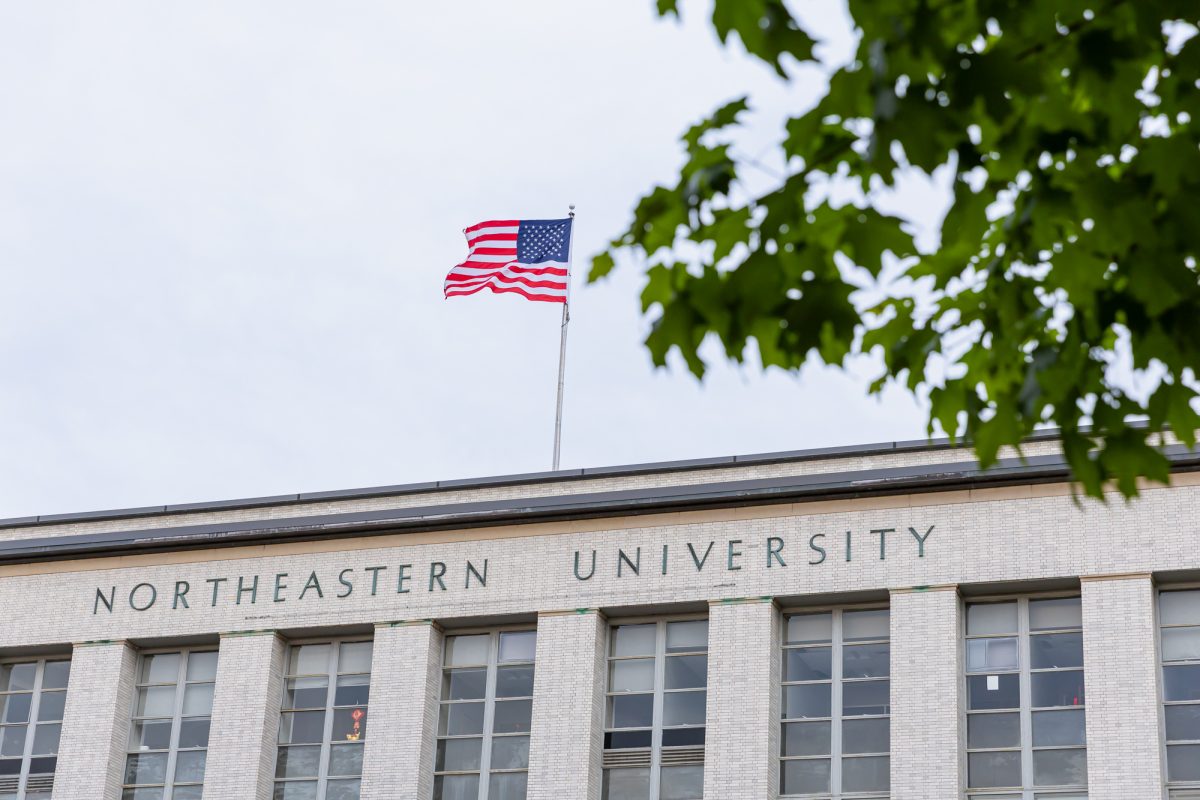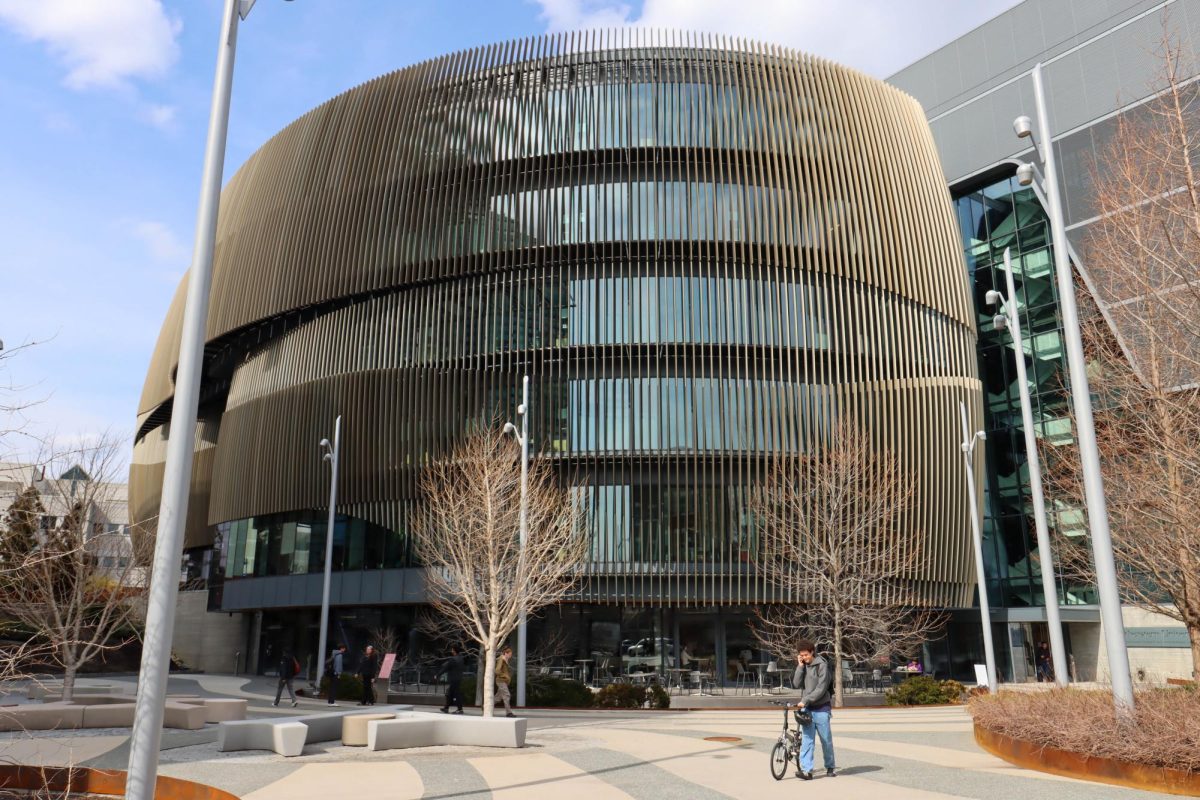The camouflage and high boots, hair shorn close to the skin, it’s not easy to overlook them. And although the ROTC cadets have long been noticed around campus, there has always been a certain mystery surrounding the people under the uniforms.
Originally founded in 1951, the Northeastern ROTC enrolled 886 men its first year. It was the first stable program at the university, after training programs had been temporarily instituted in both previous World Wars. Its enrollment grew through the 1950s, eventually topping off at 2,800 men by the close of the decade.
“At that time, there was considerable interest in the military,” said Lieutenant Larry Applebaum, who joined the program in 1957. “The Cold War was in full swing and the military manpower requirements were high. The Selective Service System was very active and the draft was extensive. College deferments were hard to get and many students were fearful of being drafted and being required to make a break in their educational pursuits. The ROTC deferment was a sure thing. Accordingly, many entered into the program for the deferment. Additionally, many young people with a college degree preferred to serve as an officer rather than as an enlisted man. Nearly every ROTC graduate at that time went on active duty for two years.”
The appeal of the ROTC was especially great at Northeastern, a commuter-school during this period.
“You should note that the character of NU at that time was very different,” said 1963 alumnus Colonel Dick Power. “It was a working class kid’s school. Tuition wasn’t very high and one could actually work one’s way through via the co-op route. Most students lived at home, commuted and paid the modest tuition. They often had part time jobs and their families provided much of the living costs. Working class families have tended to be patriotic. In the ’50s and ’60s, the students were often children of World War II veterans.”
The patriotic roots of the cadets led to even higher enrollment and by the early 1960s, Northeastern sported the largest volunteer program in the country. The beginning of the Vietnam War brought new notice to the cadets on campus, however, it wasn’t always positive attention.
“As the war intensified and escalated, the tenor of the country changed and even on the then-relatively conservative NU Campus, there was a growing anti-war sentiment,” former cadet and 1969 graduate Chuck Burgess said. “Particularly after The Tet Offensive [a 1968 Vietnamese New Year’s strike, considered the turning point in the war]. Many ROTC cadets in uniform on drill days began to receive some negative attention from the left and the appeal of the program became tainted. It was really tough for many of us who joined up with the idealism of [President John F. Kennedy] and Camelot in our heads, now facing the prospect of heading off to a war that more and more of the country and our peers did not support.”
The public odium for the ROTC continued into the 1970s, an era marked by peace rallies and anti-war protests.
“I think ROTC cadets are certainly accorded greater respect in times of national emergency,” Colonel Power said. “Other students know their peers are training to be soldiers and could go off to war. They also know, at some level, that it is necessary under some circumstances. There isn’t a negative perspective on cadets and ROTC today. Some had bitter experiences in the late 60’s and early 70’s. The ROTC program dropped off precipitously.”
While membership declined, family pride stayed strong and even today plays an active role in recruitment.
“I come from a family with a strong military history and I just kind of always felt an obligation to it,” said Dan Rippey, a cadet and sophomore computer engineering technology major. “But I don’t think people realize what a great opportunity ROTC can provide. Look at the great leaders we are producing, the cadets that are coming out and the scholarships available. ROTC is basically putting me through school.”
Former cadets have banded together to form the NU ROTC Alumni Society, an arm of the Alumni Association. They hope to historically document the 52 years of ROTC’s existence at Northeastern, but said it will take a while. In the meantime, they are observing the current cadets with pride.
“The current program is more rigorous than ours was and the cadets are better prepared,” Power said. “I’ve looked at them for the past couple of years and they are the finest of the university. They may not always be the top scholars, but they are so much more than just college students. They are dedicated. They are patriots. They don’t call it ‘military service’ for no reason. They are serving their country and damned proud of it. These young men and women, having a NU education, military training, ethics, leadership, service, physical fitness, etc., and co-op, are so far ahead of the average college student it is unimaginable.”
The respect for the leaders of the past still echoes in the current ROTC cadets.
“You look through these old pictures of the program, you see Northeastern’s campus 20, 30, 40 years ago in front of the Ell Building and you see people this long ago doing the same things we’re doing now,” Rippey said. “People tend to forget how strong [ROTC] is, how powerful it is and how many opportunities there are. Being a citizen with the plethora of rights that we’re granted with every day, I don’t see how that’s possible.”









